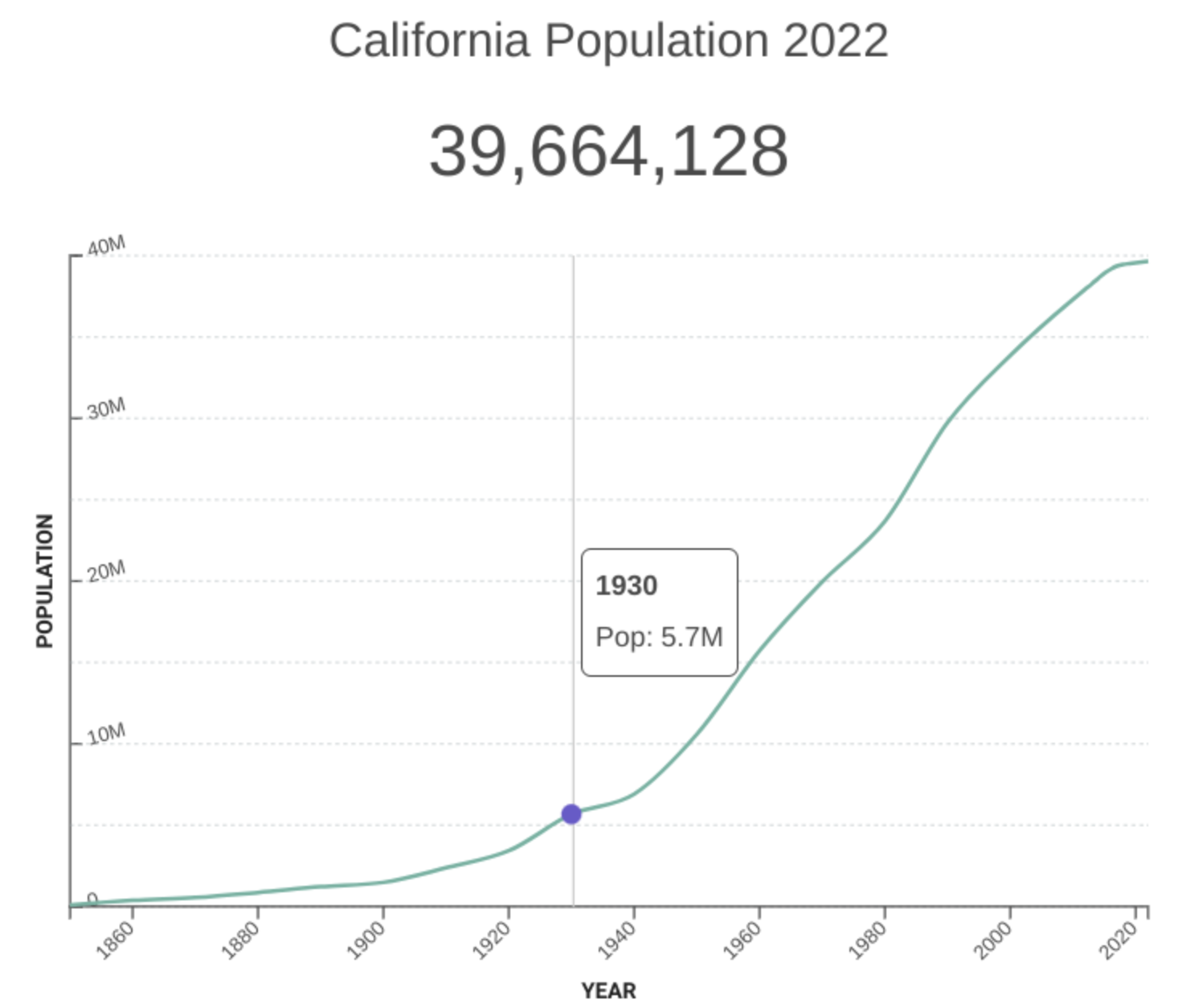Let New Cities Be Formed Again
California has 483 cities. Yet California's policy set about the formation of new cities is broken, such that no new cities were formed from 2011 to 2024, when the 483rd city, the City of Mountain House, was formed as San Joaquin County had intended some 30 years earlier. Since 2011, California added 2.4M people, more than the entire population of Delaware and New Hampshire COMBINED. California's population is projected to nearly reach 41M in 2050. We already know that housing is in very short supply in California's urban areas, particularly in metro areas that drive the state's economy. So where will all those extra people live? There will likely be some serious urban sprawl and annexations - implying much greater infrastructure costs, habitat losses, and loss of open space and productive ag lands - unless new cities are formed to help the state meet its need for compact, sustainable, livable communities.

Counties, along with existing cities that lust for easy revenue from annexations, tend to look outward for growth. They let developers have free rein to sprawl into our vital farm lands and forests. That approach kicks the can down the road for 30 years or so until the once-new infrastructure falls apart; it's a vicious cycle. On the other hand, most cities - and certainly the newest ones, tend to look inward for growth. They seek to improve quality of life and control infrastructure costs within the boundaries of their city. California's urbanized unincorporated areas typically reflect years of land use abuse and neglect that can be attributed to the failed strategy of growth by sprawl. Several of the unincorporated communities in our coalition are on the bleeding edge of growth in their metro areas. Some, particularly disadvantaged urban communities, are sitting ducks for agressive annexation by adjacent dominant cities that just want new revenues and don't care about the local economy and quality of life of the residents who will be the victims of their annexations.
This situation has been built up over the years by inattention from the state Legislature and neglect by the state Administration. The Legislature and the Administration seek to drive the state's urban policy set through cities and the state's rural policy set through counties. There is a serious disconnect when the counties host 5 million or more people in unincorporated urban environments.
Whether it is underinvestment in basic infrastructure like sidewalks or lack of engagement in tackling complex municipal policies - such as housing or the impact of climate change - counties are often unable to adequately address the needs of unincorporated area residents. The lack of local control in unincorporated communities impacts the state’s ability to address the larger policy goals it seeks to achieve across California.
Residents of incorporated cities have local, democratic self-governance, something denied to residents of unincorporated communities. Residents of unincorporated communities do not have the rights and privileges of self-determination enjoyed by residents of cities. Moreover, current state policy works against the empowerment of unincorporated communities, thereby limiting the delivery of the state’s urban priorities to a subset of urbanized areas and restricting the ability of citizens to seek cityhood.
Our coaliton has begged the Administration to pay attention to the plight of unincorporated urbanized communities. We have told the Governor's Office that we don't have Mayors and City Councils to help solve urban problems. We have told them that urban service requirements are monkeys on the backs of county budgets, that counties were never intended to function like cities. The response we got back was to seek relief from the Legislature. The necessary reforms are matters of public policy. The costs of forming new cities are miniscule compared to the value that satisfied residents and sustainable businesses of new municipalities can bring to California.






